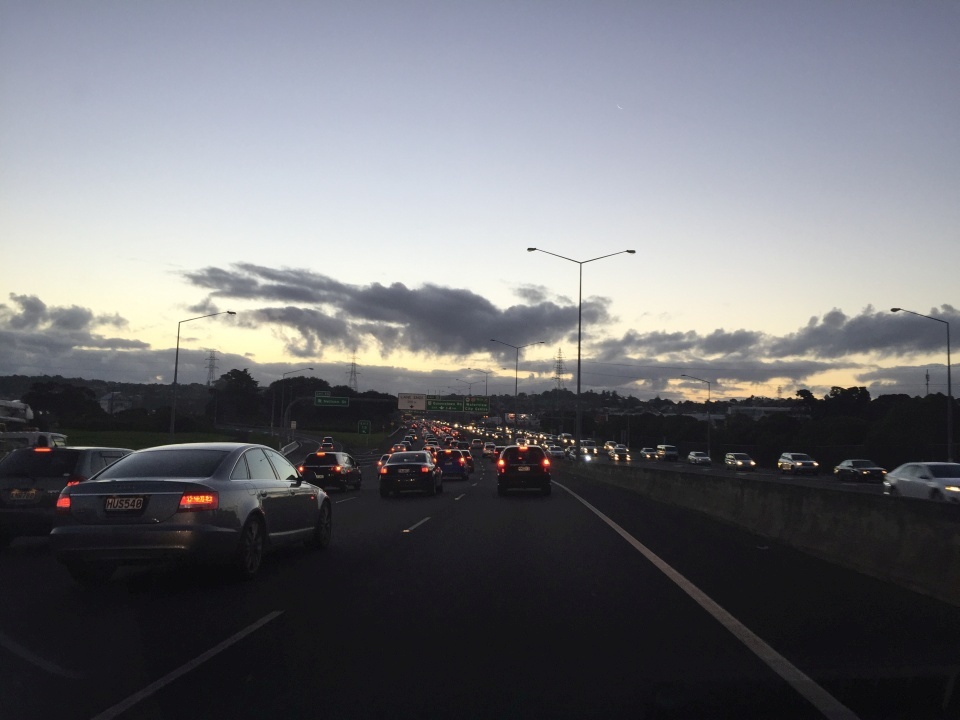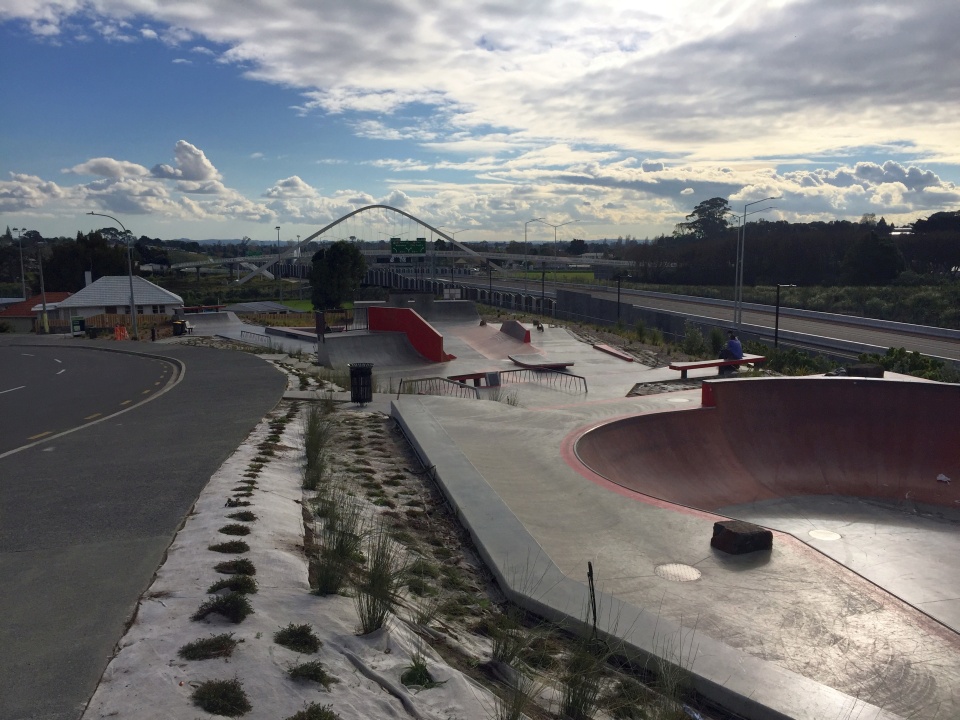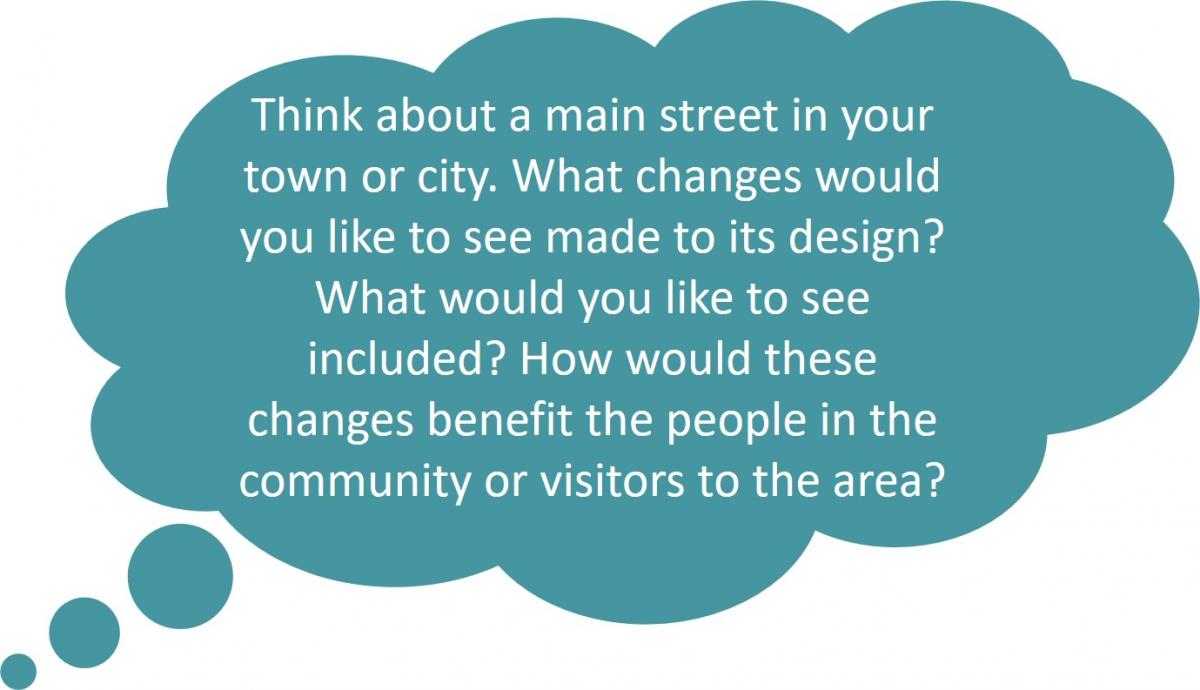You can contact LEARNZ, part of CORE Education, at:
Postal Address:
PO Box 13 678,
Christchurch 8141,
New Zealand
New Zealand‘s towns and cities are changing over time and will continue to do so. Transport plays a key role in urban growth and people’s welfare. Making sure they are places that support wellbeing and quality of life is important.

Image: LEARNZ.
New Zealanders use cars a lot. They can be handy machines that we rely upon to get ourselves to a place quickly! But populations are growing, especially in cities. It is not sustainable to just keep adding cars to our roads. More cars mean more congestion, longer travel times, low quality urban environments, pollution and carbon emissions, poor public health, and high travel costs.
Private vehicles will not disappear anytime soon, but a better-balanced transport system with less need for cars is becoming important. Tomorrow’s transport systems in New Zealand cities will enable greater use of public transport and encourage other ways of getting around such as walking and cycling.
There are three main causes of New Zealand’s current car dependency:
New Zealand’s population is growing and so are our towns and cities. Being able to move around easily and having a range of transport choices is an important part of this growth. A modern transport system needs to:
The New Zealand Transport Agency’s plan – Keeping Cities Moving – looks to modernise our transport system through three main ways: shaping urban form, making shared and active modes more attractive, and influencing travel demand and transport choices.

Image: NZTA
In many of our towns and cities, street design has centred mainly around driving. We have been building transportation through communities, rather than creating communities through transportation.
Changing the design of streets and neighbourhoods can help people use them in more effective and beneficial ways. For starters, modern street design can help people feel better about walking and cycling or taking public transport. This will result in reduced traffic on our roads, improved road safety, and a healthier, more active population.
But modern street design is more than just the transportation of people and goods. It is about creating spaces that benefit the social, cultural, and economic life of communities. For streets to truly function as public places, they must do more than allow people to safely walk or bike through them. When we view streets as public spaces, we start to think about designing them to help create a better sense of community. Streets as public spaces will encourage people to linger, to socialize, and to truly experience the unique culture and character of an area.

Image: LEARNZ
Seeking the public’s input during the planning, designing, and building of shared public spaces, is an example of consultation. This inclusive approach gives communities ownership of their streets, providing locals with an opportunity to have their say about how their public spaces should look, function, and feel. Consultation can help to create a public space that reflects its community, enabling more personal connections to the area.

Ready for a Quiz? Try the Shaping Future Journeys interactive activity.
Watch NZTA’s ‘Liveable Cities’ video to see how land use planning, transport planning and urban design work together to create cities that are easy to move around and wonderful places to be. https://youtu.be/EjzF28hrtCo